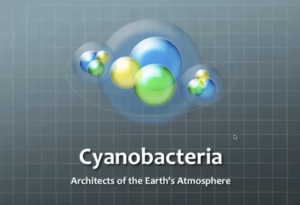
Cyanobacteria / bluegreen algae



2013 WATER QUALITY REPORT from MLA Newsletter by Jim Martel
Last year was a tough one on lake water quality. The above-average rainfall throughout the summer caused much more runoff to enter the lake carrying with it more sediment and phosphorus. The sediment lowered the transparency and the phosphorus caused more algae to grow. The average Secchi disk sighting went from about 12 feet in depth in 2012 to just 10 feet last year.
For the first time in the 10 years I’ve been involved in monitoring lake water quality, I saw two blue-green algae or cyanobacteria blooms last year, both in late August. The good thing is now I know what they look like. I would describe them as not blue-green in color but more like a lime green (see picture). This bloom was only about a foot wide and occurred along the shore in calm conditions. I scooped up a sample and brought it to DES for analysis. They found approximately 1 million cyanobacteria/milliliter, which is quite high. If you see something like this give me a call (632-7594) and don’t swim in it or allow your pets to drink it. Cyanobacteria can produce a toxin which becomes concentrated during a bloom.
 Don’t confuse a pine pollen “bloom” with a blue green algae bloom. Although similar in color, the pine pollen bloom usually occurs in June and the pine pollen is dispersed on land as well as water. The green dust on your car is pine pollen.
Don’t confuse a pine pollen “bloom” with a blue green algae bloom. Although similar in color, the pine pollen bloom usually occurs in June and the pine pollen is dispersed on land as well as water. The green dust on your car is pine pollen.
One way to reduce or eliminate algae blooms is to reduce the amount of phosphorus in the lake. Much of the phosphorus is carried into the lake with the sediment and overland runoff. We can help to reduce this input by intercepting all overland flow and forcing it to filter through the ground, where physical, biological and chemical processes capture and hold the phosphorus. See (http://des.nh.gov/organization/commissioner/pip/publications/wd/documents/nhdes-wd-10- 8.pdf) for information on how you can control runoff from your property.
One piece of good news; Scotts no longer has phosphorus in its lawn fertilizer. Other fertilizer manufacturers are expected to follow suit. This should be a great help in reducing phosphorus in lakes. Time will tell.
With all the snow we’ve had this winter, a slow spring melt will be good for water quality.
See these other informative articles from,


